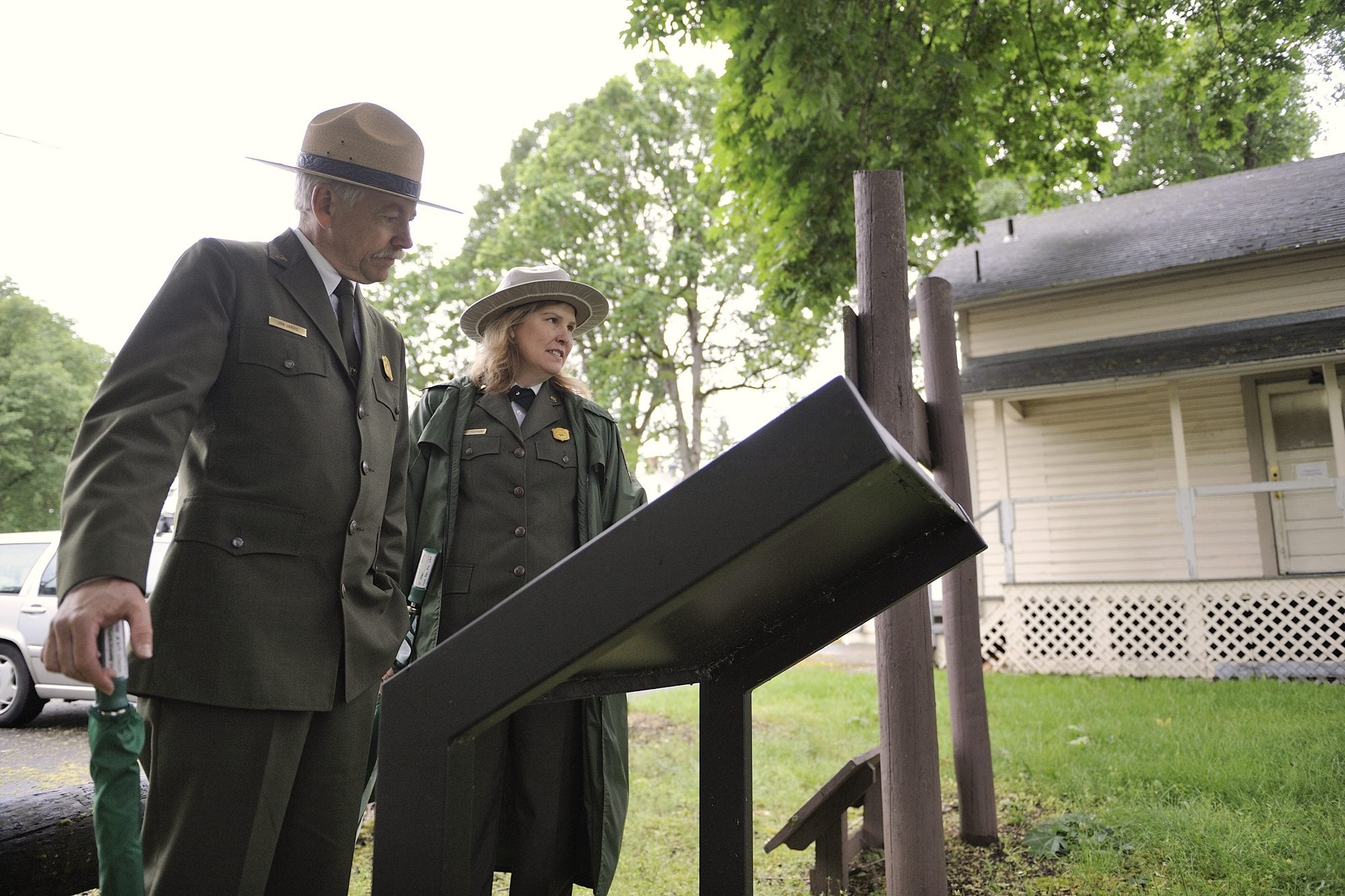Fort Vancouver National Historic Site has some work to do: about $25 million worth.
According to the National Park Service, that’s the price tag for deferred maintenance at Fort Vancouver.
The local figure is part of a systemwide maintenance backlog of $11.9 billion, Park Service Director Jon Jarvis said Friday in a news release.
Deferred maintenance is work on infrastructure that has been delayed for more than one year. The backlog is a result of aging facilities, increasing use of park facilities and scarce resources.
There is a bright spot to the work to be done at Fort Vancouver: It includes a recent expansion of the historic site, after the U.S. Army pulled out of Vancouver Barracks and turned it over to the Park Service in 2012.
Did You Know?
Deferred maintenance at other Northwest national parks:
• Mount Rainier: $285 million
• Olympic: $139 million
• Crater Lake, Ore.: $83 million
SOURCE: National Park Service
In considering that $25 million to-do list, “A high percentage would be the Barracks,” Fort Vancouver Superintendent Tracy Fortmann said. “We inherited 33 acres with 27 structures, all of which are in need of varying levels of work.”
Some of that work is going on now, said Alex Patterson, Fort Vancouver’s facility manager.
A year from now, “We will see a pretty good reduction on the backlog because of the number of projects going on now,” Patterson said.
The biggest is an $11.8 million rehabilitation of an Infantry Barracks building. One of four structures facing Officers Row that were built on the early 1900s, it will become the headquarters of the Gifford Pinchot National Forest. The Gifford Pinchot move includes rehabbing a more modern brick building in a part of the site known as the South Barracks.
The contract includes additional upgrades on the series of four old two-story buildings collectively known as the “front row.” The two buildings that haven’t been rehabbed are in line for lead abatement, repainting and new roofs.
Not all of that $11.8 million project will count toward Fort Vancouver’s deferred maintenance, Patterson said.
“You can’t categorize a new high-efficiency HVAC system as deferred maintenance. Likewise, all the ADA upgrades: we can’t count that as deferred maintenance,” Patterson said.
Fortmann credited Patterson with being proactive, and dealing with maintenance problems before they become emergencies. His staff has established a plan that includes every roof and paint job in the park, Patterson said.
“We can estimate the cycle when they will have to be replaced,” Patterson said.
Nationally, the $12 billion shortfall is a $440 million increase over last year.
“While Congress provided increases this year, the annual bill for maintenance in America’s national parks is still almost twice as much as is appropriated,” Jarvis said in Friday’s news release.
Congressional funding for the National Park Service in 2016 includes an additional $90 million for nontransportation maintenance.
Congress also passed a new highway bill which will provide a $28 million increase for transportation projects in parks this year. Funding for transportation-related maintenance and construction will continue to rise, by $8 million per year for five years, until it reaches $300 million per year in 2020.
Nationally, about half of the $12 billion backlog involves roads and highways.




